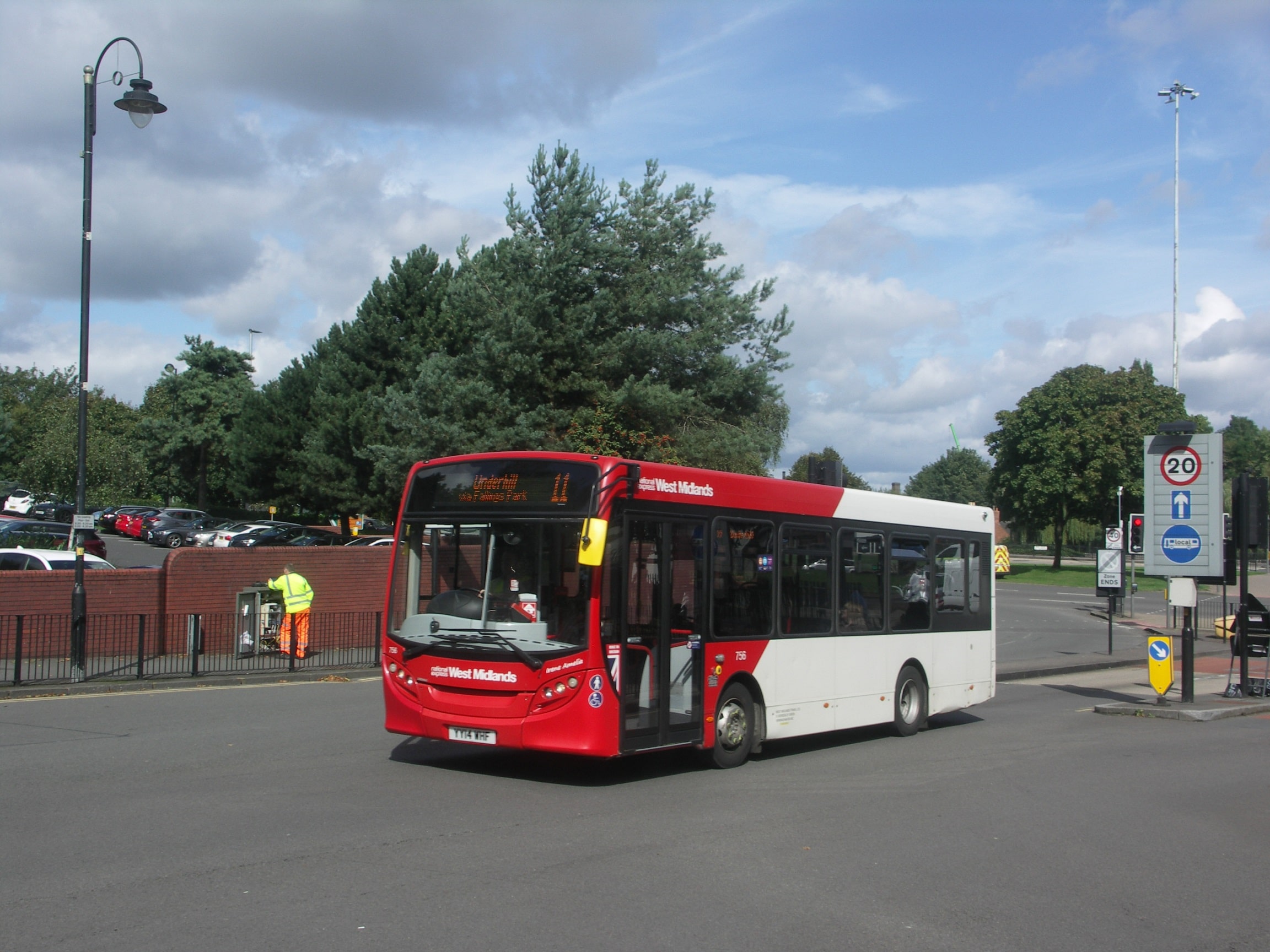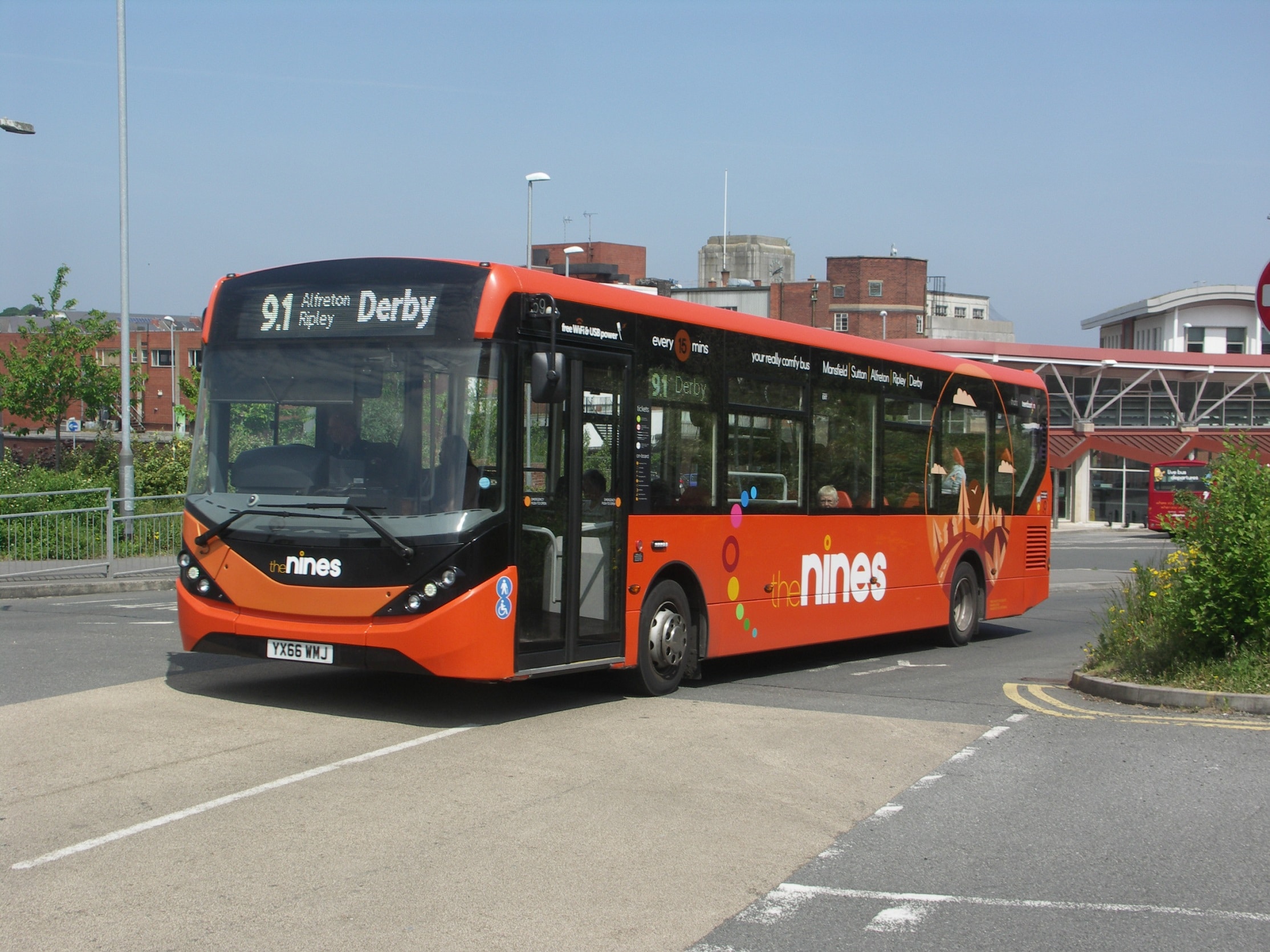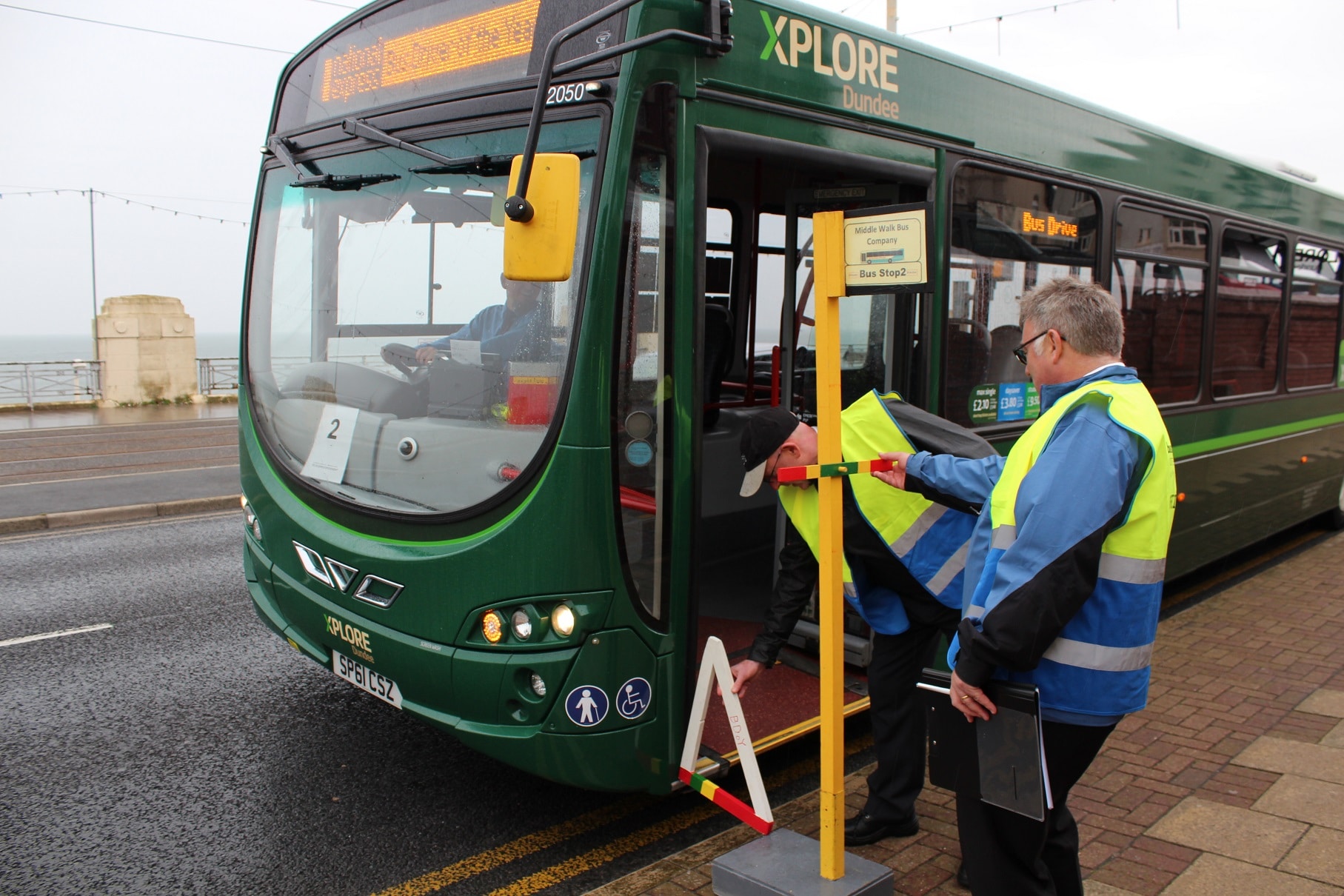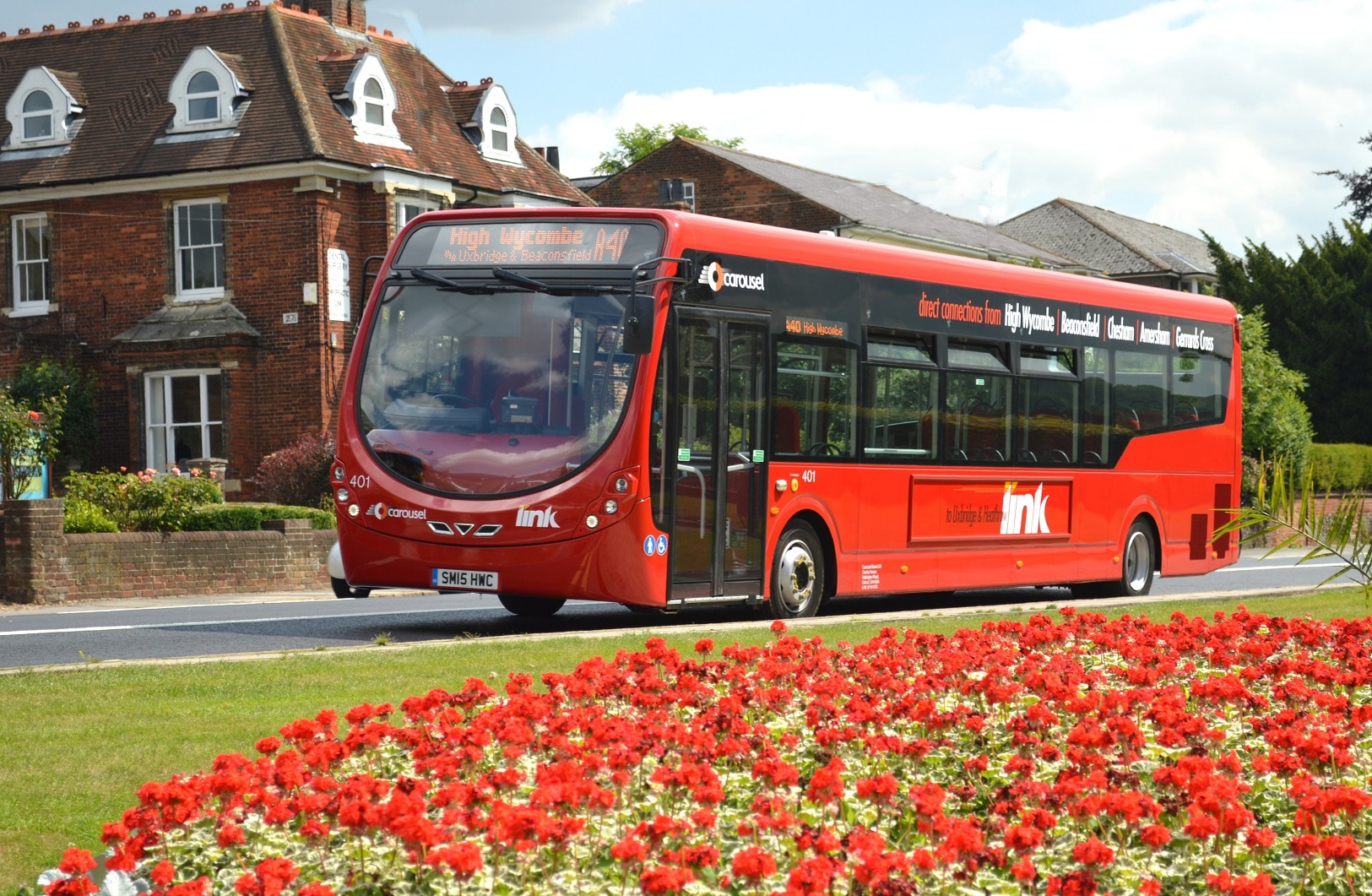The TAS Partnership has questioned some aspects of the National Bus Strategy for England, which was published on 15 March. They include how ‘open door’ home-to-school services fit within it and whether some local transport authorities (LTAs) will be able to deliver a Bus Service Improvement Plan (BSIP) by the October deadline laid down in the document.
Despite its concerns, TAS has otherwise welcomed the Strategy and the new funding for buses in England that it will bring. The consultancy has also commended enhanced partnership working’s placement above franchising as part of the mechanism to improve services, although it queries why other, less bureaucratic forms of partnership are not included.
‘Overly ambitious’ parts of National Bus Strategy?
TAS has also welcomed the government’s commitment to helping LTAs to grow their resources and to increase their knowledge of buses through the creation of a Bus Centre of Excellence. But it notes that production of BSIPs by October “may prove to be an overly ambitious goal” in those areas where some stakeholder relationships “are less developed.”
TAS adds that some of the Strategy’s content “may reflect a somewhat over-optimistic assessment of what is possible given external barriers.” That is particularly the case where networks are operated mainly on a commercial footing due to the availability of little public money to support them.
“Operation within an Enhanced Partnership will require LTAs to provide more financial support than hitherto. Prudence will ensure that they too will need to adopt a quasi-commercial approach to network development to safeguard their investment,” the consultancy says.
Simple networks and flat fares aspiration raises some concerns
TAS has aired concerns about policy surrounding simplified networks and flat fares. While it advocates a simple approach, the consultancy says that steps towards flat fare areas “should be taken with caution, as often a distance-based fare is the most appropriate approach.”

TAS believes that the transition to a flat fare system risks pricing short distance users off buses and causing longer-distance passengers to cease covering their costs.
On simplified networks, the consultancy acknowledges that one high-frequency route along a corridor rather than many lower-frequency services “has helped to grow ridership in the past.”
But it states that delivering that concept can be difficult without creating over-bussing at the outer reaches.
“Many urban operators already successfully provide high-frequency corridors from a combination of less-frequent services. That creates the best of both worlds as outlying areas get a reasonable service without over-provision,” says TAS. It notes that ‘feeder’ services that connect with trunk routes are not popular as customers dislike being forced to change.
TAS has also urged caution around a focus on app-based DRT in rural areas. Rural Mobility Fund recently awarded £19.4m to 17 LTAs for such provision. TAS acknowledges that DRT services “do play their part,” but it says that other options should not be forgotten in a bit to improve public transport in less populated areas.
Home-to-school services and CT work require clarity
Services provided by community transport organisations play a role in the provision of services that are not commercially viable, says TAS, but it notes that the Strategy makes scant mention of them.
For ‘open-door’ home-to-school services, the consultancy says that a clear position on how they fit within the government’s blueprint for the sector’s future must be delivered “as a priority.” It adds that home-to-school routes “not only act as a shop window to children and young people, but also allow provision of marginal public services through shared resources.”
TAS has previously been involved in the development of Enhanced Partnership guidance for the Department for Transport. It is available to help LTAs meet their obligations through the National Bus Strategy for England.

























